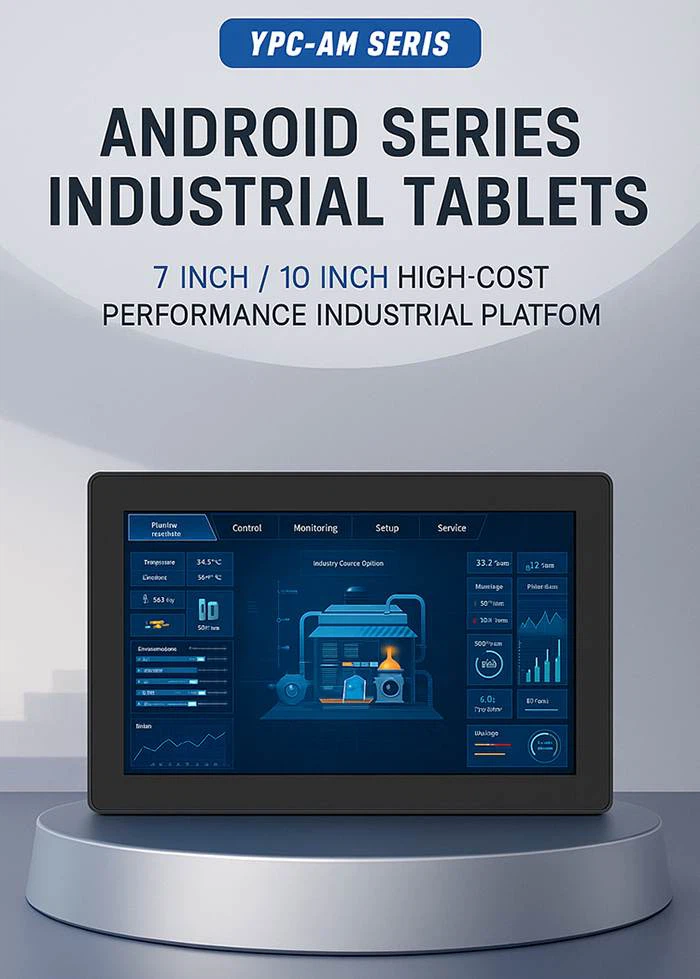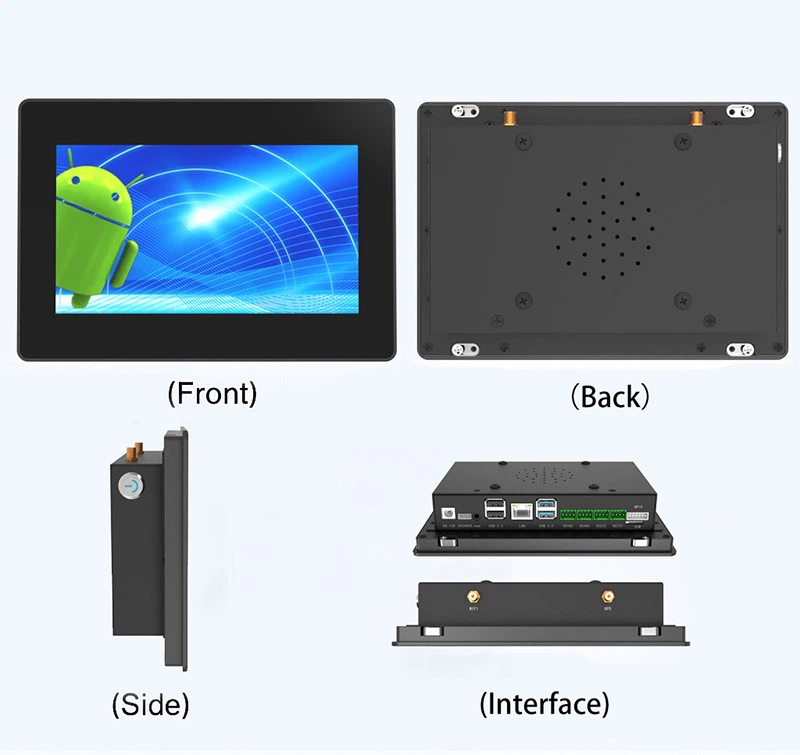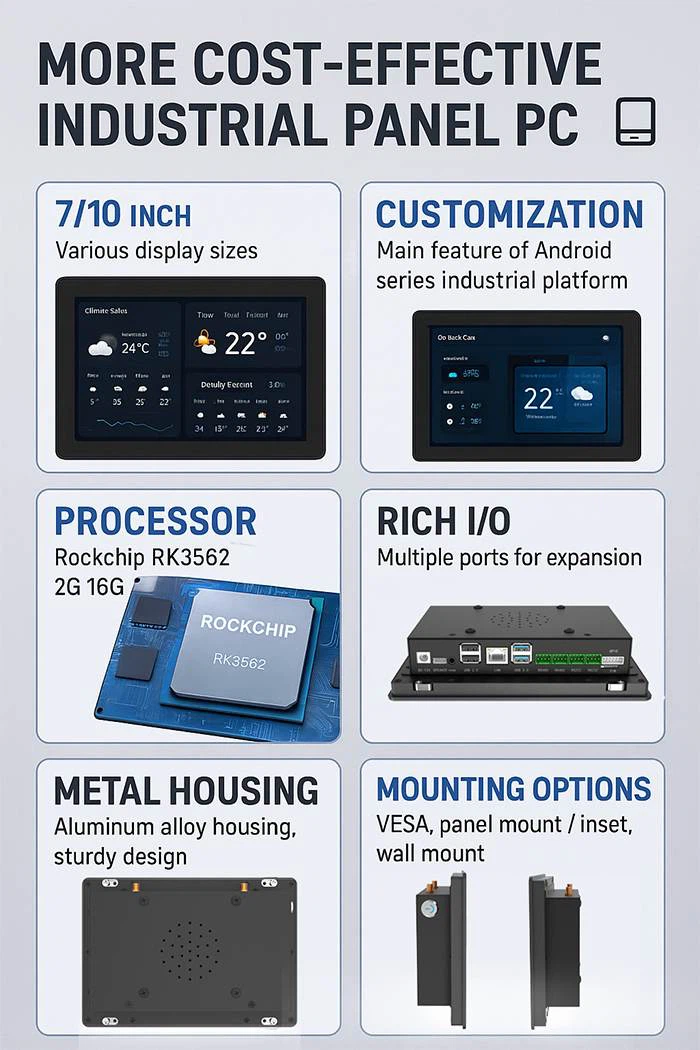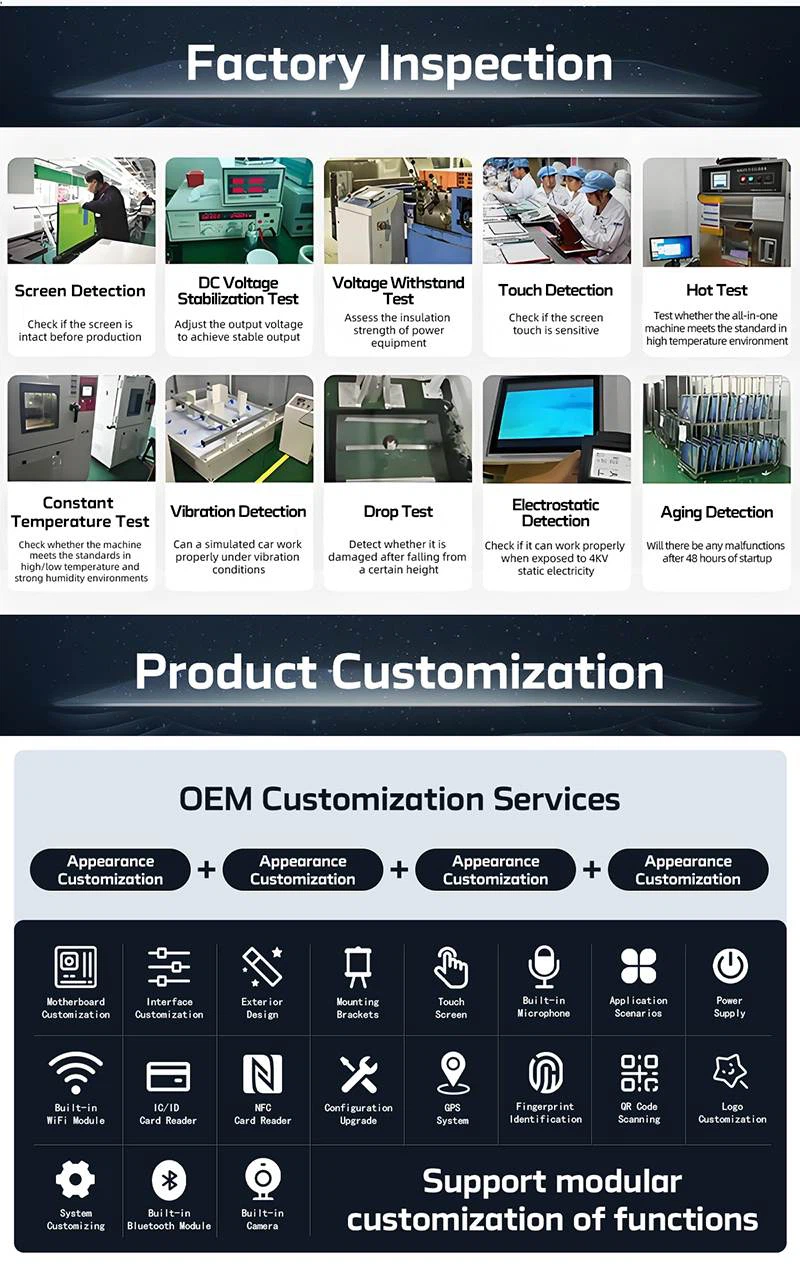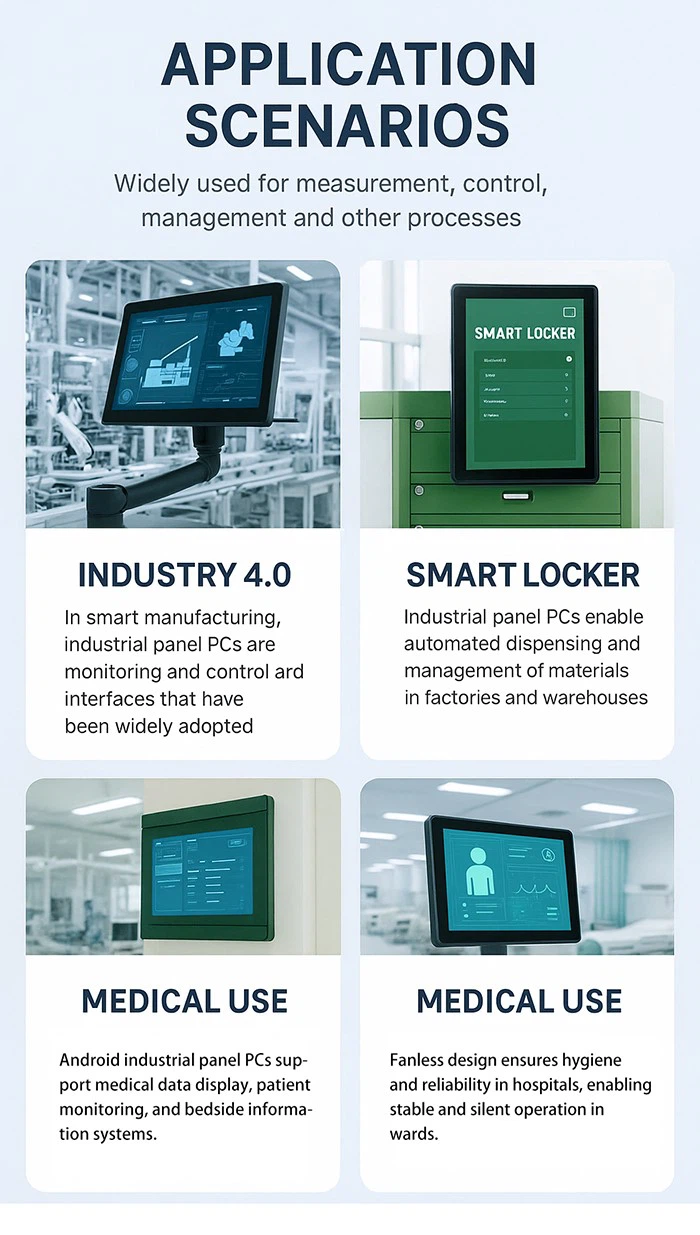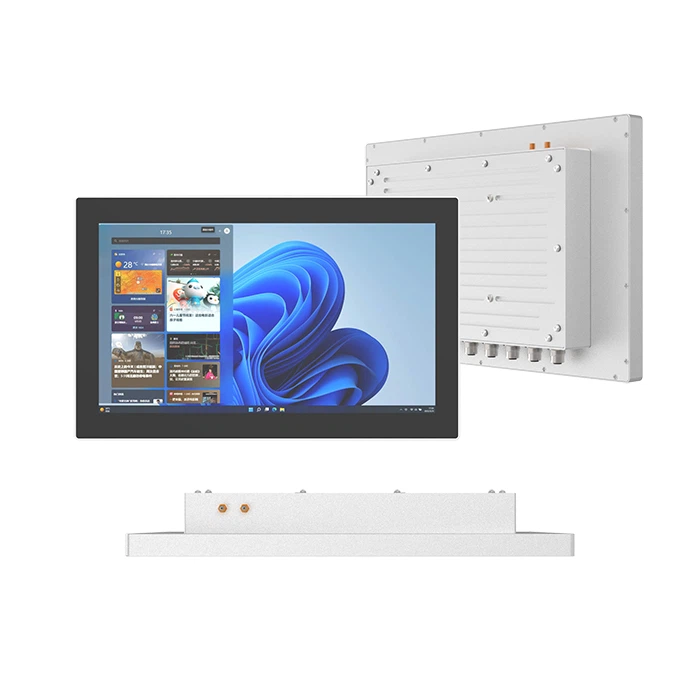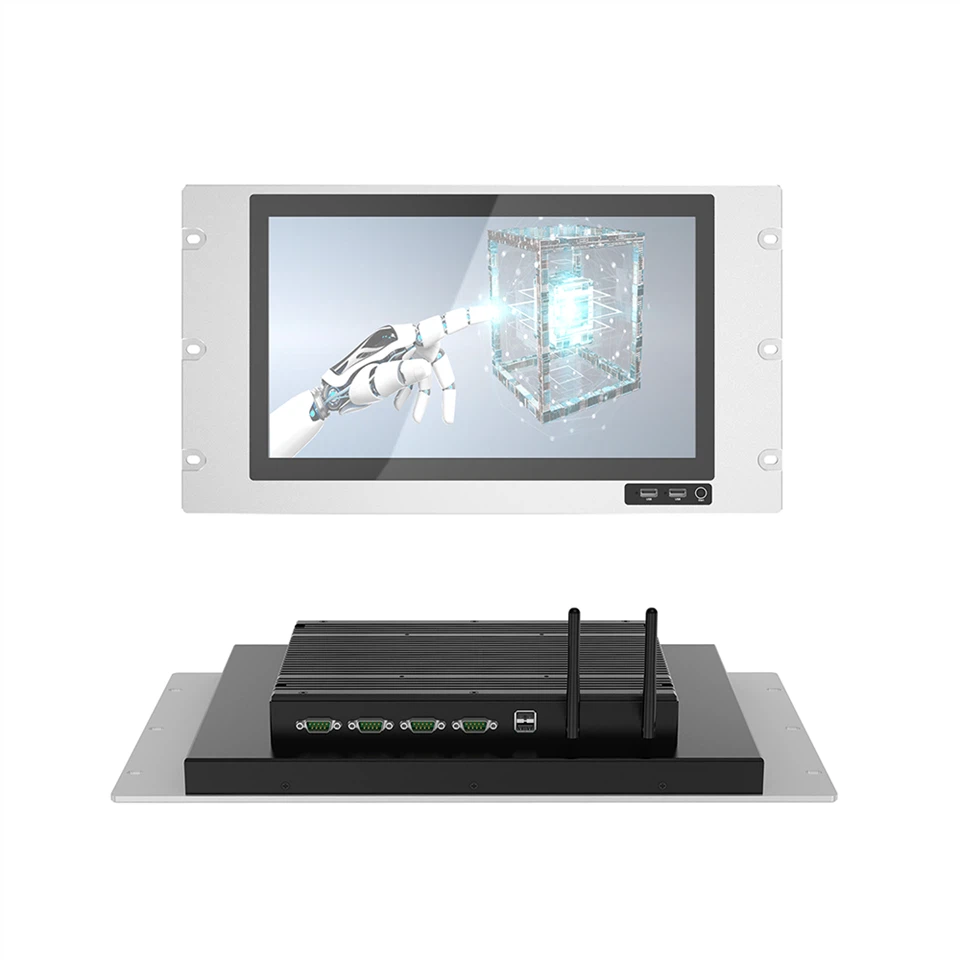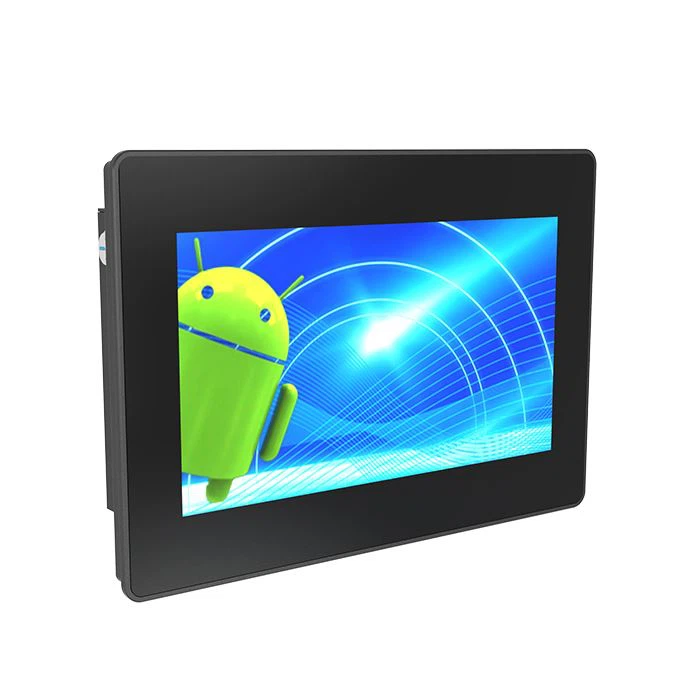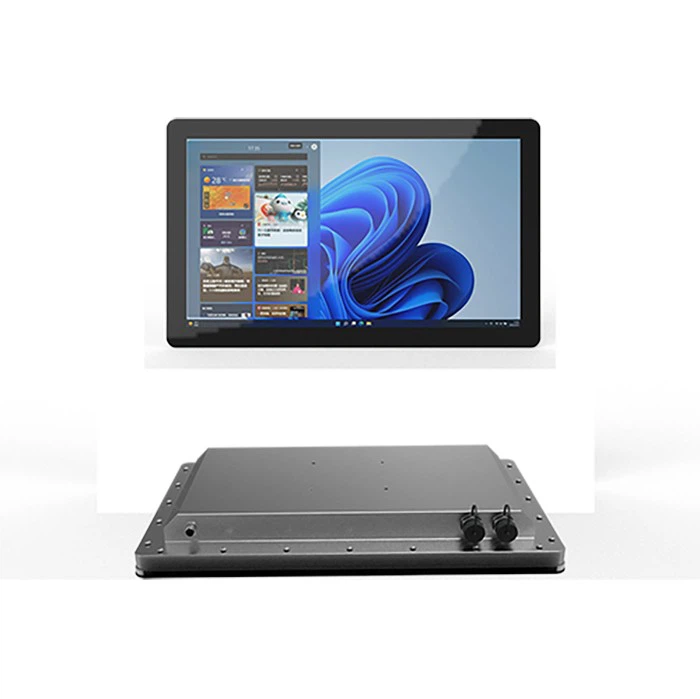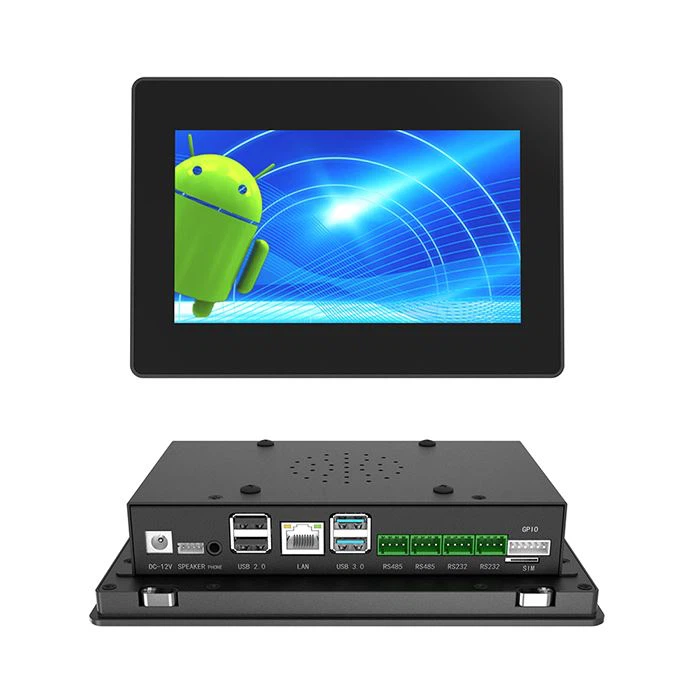
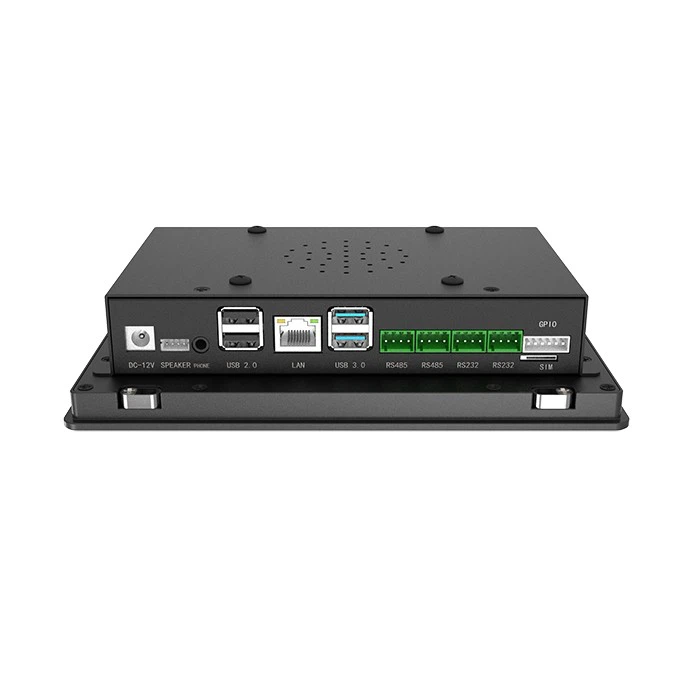
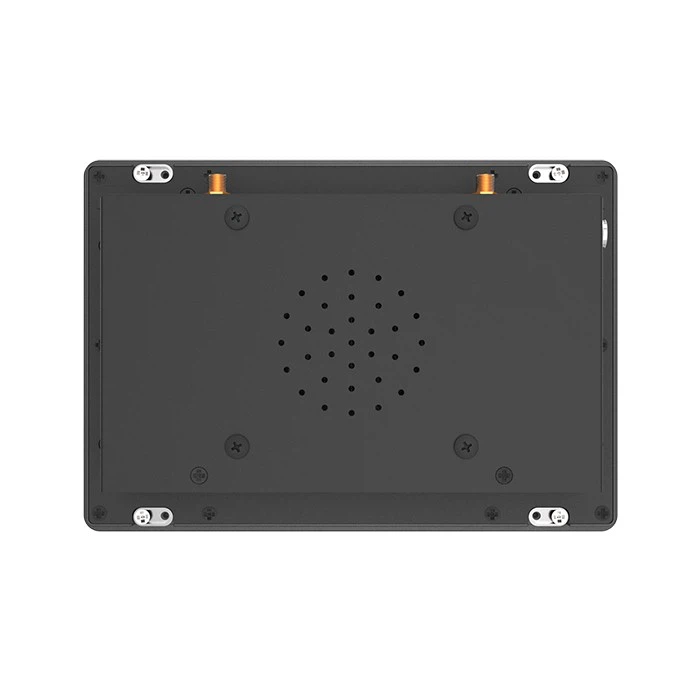



Android Industrial Touch Screen Panel Pc Control All-in-one Computer
7/10.1 inch
Support Android 11
Wifi/4G/Bluetooth
Rockchip RK3562 UP to 2GHz
Product Details
| Model | YPC-ZD |
| Product Name | Industrial Panel PC |
| Display Screen | 10.1inch |
| Machine Size | 193.5mm*134.5mm*42.9mm |
| Material | Cast Aluminum Panel, Aluminum Profile Back Over |
| Touch Screen | 10-Point Capacitive Touch |
| Resolution | 1024*600 |
| Brightness | 3000cd/m² |
| Cooling Method | Fanless |
| Installation | Support Wall-Mounted/Embedded/Desktop |
| Storage Environment | -20℃~75℃, 5%~95% non condensing |
Compared to a touch panel PC running Windows Embedded, this industrial panel PC Android platform offers notable advantages. Unlike a traditional industrial touch panel PC Windows system, it consumes fewer resources, requires minimal updates, and significantly lowers overall deployment costs. While solutions like the industrial panel PC 15.6 Windows remain popular in some sectors, Android-based devices offer a lightweight, efficient alternative for many use cases. The Android ecosystem also enables faster and more flexible development, making it an excellent choice for businesses in need of a scalable and customizable HMI industrial PC for automation and control tasks.
Product Introduction
Offering a modern approach to automation, this Android panel PC excels in scenarios where flexibility, low cost, and minimal maintenance are key. Its efficient system architecture delivers fast response and energy savings, which are critical in logistics terminals and industrial equipment. Housed in an all-metal shell, it withstands harsh environments with excellent thermal and EMI performance. Seamless OTA support and remote control capabilities ensure systems stay up-to-date without on-site intervention, maximizing operational uptime.
Android industrial panel PCs stand out in edge computing environments thanks to their energy-efficient design and scalable software support. Their applications range from digital signage and vending machines to smart lockers and interactive terminals. In logistics, they facilitate real-time asset visibility and streamlined warehouse workflows. Their ability to support over-the-air updates ensures minimal downtime and simplified remote management. Industries like precision farming and renewable energy monitoring also benefit from their stable performance, making them a cornerstone of modern IoT integration.
